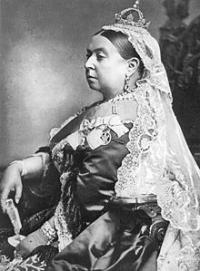Home | Historical Era | Victorian era
|
|
|
The era was preceded by the Georgian period and succeeded by the Edwardian period. The latter half of the Victorian age roughly coincided with the first portion of the Belle Époque era of continental Europe and the Gilded Age of the United States. Culturally there was a transition away from the rationalism of the Georgian period and toward romanticism and mysticism with regard to religion, social values, and the arts. In international relations the era was a long period of peace, known as the Pax Britannica, and economic, colonial, and industrial consolidation, temporarily disrupted by the Crimean War in 1854. The end of the period saw the Boer War. Domestically, the agenda was increasingly liberal with a number of shifts in the direction of gradual political reform, industrial reform and the widening of the voting franchise. The population of England almost doubled from 16.8 million in 1851 to 30.5 million in 1901. Scotland's population also rose rapidly, from 2.8 million in 1851 to 4.4 million in 1901. Ireland's population decreased rapidly, from 8.2 million in 1841 to less than 4.5 million in 1901. At the same time, around 15 million emigrants left the United Kingdom in the Victorian era and settled mostly in the United States, Canada, and Australia. During the early part of the era, the House of Commons was headed by the two parties, the Whigs and the Tories. From the late 1850s onwards, the Whigs became the Liberals; the Tories became the Conservatives. These parties were led by many prominent statesmen including Lord Melbourne, Sir Robert Peel, Lord Derby, Lord Palmerston, William Ewart Gladstone, Benjamin Disraeli, and Lord Salisbury. The unsolved problems relating to Irish Home Rule played a great part in politics in the later Victorian era, particularly in view of Gladstone's determination to achieve a political settlement. Indeed, these issues would eventually lead to the Easter Rising of 1916 and the subsequent domino effect that would play a large part in the fall of the empire. Victoria's reign lasted for 63 years and 216 days, the longest in British history up to the present day. However, the present monarch, Elizabeth II, will surpass this if she remains on the throne until 9 September 2015. |




 RSS
RSS